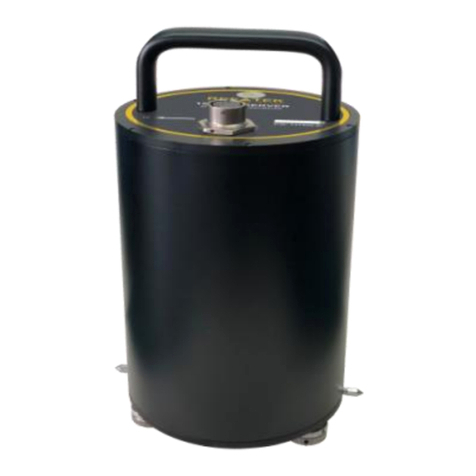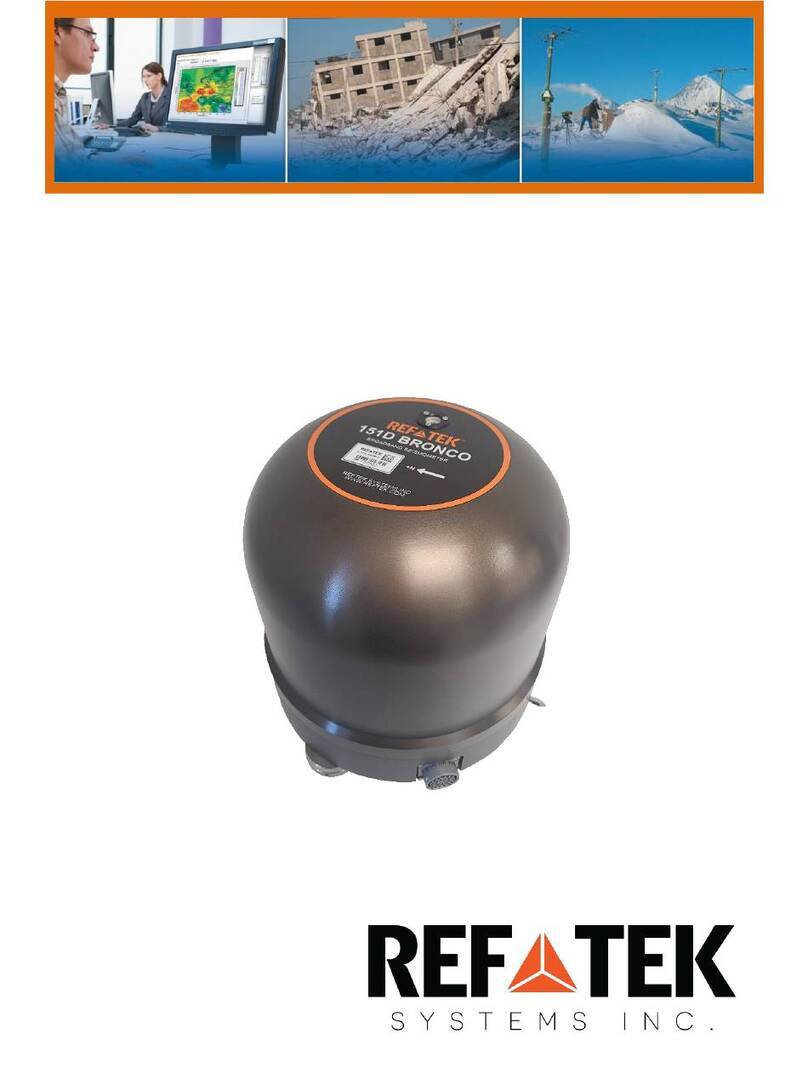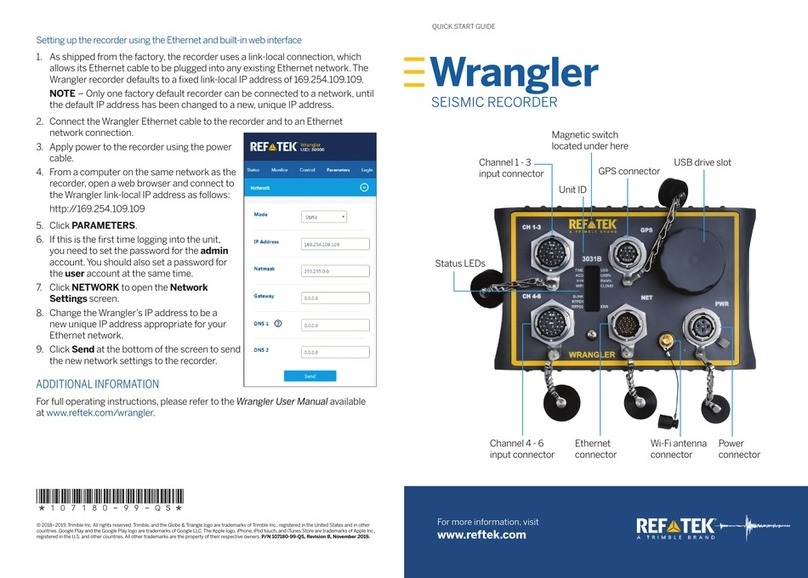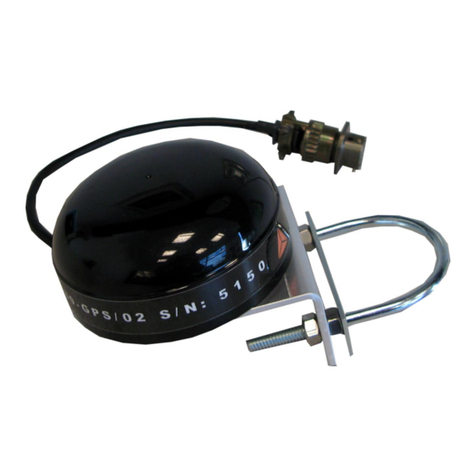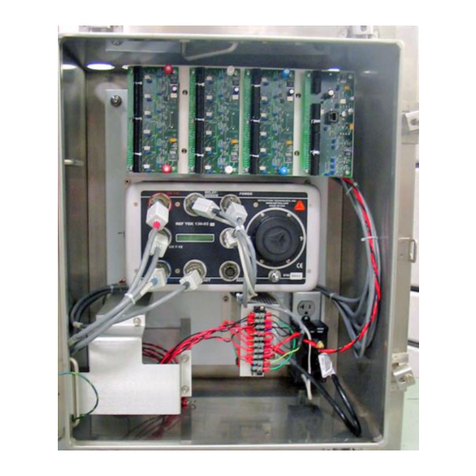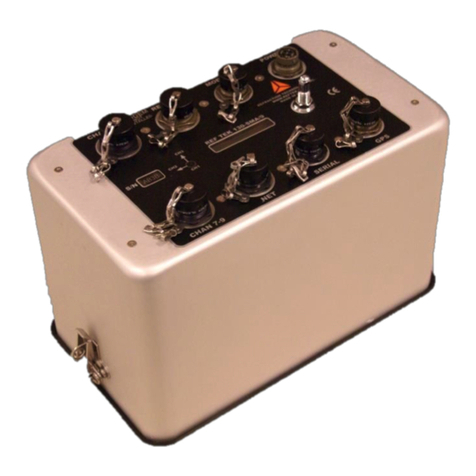Rev 1.0 180-SMx2 Users Guide 11/29/2022
180-SMx2-UG
Reftek Systems Inc. v
Table of Contents
1 Overview..........................................................................................................................1
1.1 Introduction ....................................................................................................................................1
1.2 Purpose of the SMx2Seismic Recorder.........................................................................................1
1.3 Specifications ..................................................................................................................................1
1.4 Standard Faceplate Connections ...................................................................................................3
1.4.1 Power Connector: 4-pin PT07 ..............................................................................................3
1.4.2 GPS Connector: 10-pin PT07 ................................................................................................4
1.4.3 Net Connector: 19-pin PT07.................................................................................................4
1.4.4 Net Connector .......................................................................................................................4
1.4.5 USB Connectors .....................................................................................................................4
1.5 Mating Connectors .........................................................................................................................5
1.6 LCD Display......................................................................................................................................5
1.7 General Recorder Control Considerations ....................................................................................7
1.7.1 General Recorder operation .................................................................................................7
1.7.2 Power Considerations ...........................................................................................................8
1.8 Sensor Control.................................................................................................................................9
1.9 Frequently Asked Questions ..........................................................................................................9
1.10 Warranty Statement ...................................................................................................................10
2 Getting Started with your SMx2DAS .........................................................................11
2.1 Connecting the Internal Battery ..................................................................................................11
2.2 Controlling Unit Power.................................................................................................................12
2.3 Establishing Minimal Hardware Connections.............................................................................12
2.4 Power up the SMx2DAS ...............................................................................................................12
2.5 General GNSS Operations ............................................................................................................12
2.6 Ethernet for Configuration ..........................................................................................................13
2.7 Using a Mobile Device for Configuration ...................................................................................13
2.8 Setting Passwords.........................................................................................................................14
2.9 Check the GNSS Status .................................................................................................................14
2.10 Example Configuration Steps ....................................................................................................14
2.11 Change the Configuration..........................................................................................................14
3 Installation.....................................................................................................................15
3.1 Introduction ..................................................................................................................................15
3.2 Installing the Wedge Anchor .......................................................................................................15
3.3 Installing the SMx2........................................................................................................................15
4 Firmware Updates.........................................................................................................16
4.1 Firmware Version ..........................................................................................................................16
4.2 Update Firmware ..........................................................................................................................16
5 Periodic Maintenance ..................................................................................................17
5.1 Introduction ..................................................................................................................................17
5.2 Replacing the USB Disk ................................................................................................................17
5.3 Replacing the RTC Battery ...........................................................................................................18
5.4 Replacing the Internal Main Battery ...........................................................................................18












